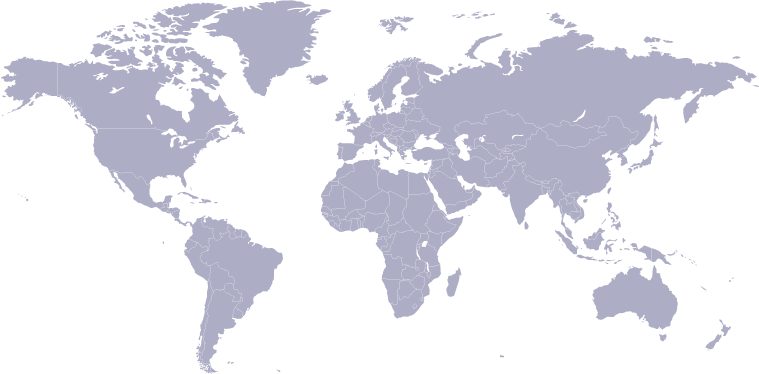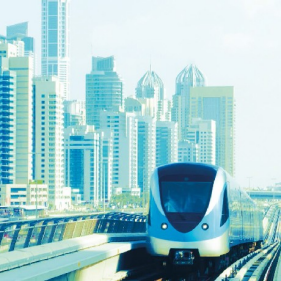But just as domestic airlines are enjoying record profits and restrained operating costs, thanks in large part to below $50 a barrel crude keeping fuel costs low, they’re facing a patch of turbulence ahead that could threaten their bottom-line gains. The most compelling piece of evidence that cracks are developing in the industry’s outwardly successful façade is the recent slide in quarterly revenue among US legacy carriers.
One of the culprits behind the decline is a familiar one: too much capacity coming online at discount prices when the US economy is still growing in the low single digits. Routes between the US and Latin America, where value carriers have been aggressively expanding, have seen the largest growth in new available seat miles over the past five years.
Add to that scenario a likely increase in the industry’s most costly expenses—fuel, labor, and maintenance—and the mounting pressure on the airline bottom line in coming quarters becomes more evident. Many carriers have inked new labor contracts during this highly profitable cycle, the effects from which will begin to be felt in coming years. Also some older aircraft fleets have a wave of life limited parts (LLPs) coming due on the horizon. Finally, while jet fuel prices have remained relatively low since 2014, the specter of potentially rising crude prices looms in the distance after OPEC announced production cuts at the end of 2016.
Going into 2017, carriers will need to exercise some restraint when it comes to capacity additions, and, in their quest for market share, make wise investment decisions that will help differentiate their product and improve the customer experience. Fleet upgrades for newer, more efficient aircraft will help minimize maintenance expense and mitigate future fuel price escalation.
Airline Revenue Driver Dashboard
For each of the airlines in our main report, users can isolate and analyze the individual components that drive airline revenue at the system and region level to see how that carrier performs versus the industry. The revenue drivers include: capacity, load factor, yield, cargo revenue, and ancillary revenue.
To operate the dashboard, first select the carrier to analyze, and then determine if you want to view the entire system or just a portion. Lastly, click the tab for the revenue driver you want to isolate and the comparative analysis will populate.
The data in this tool is kept current based on the most recent data release from the US Department of Transportation (DOT) and is updated quarterly in the dashboard.
About the Report
In its eighth year, the 65-page report covers a range of aviation industry-specific economic and performance data as well as global capacity growth by region. The report also includes analyses on:
Revenue per available seat mile (RASM)
Passenger yield
Ancillary revenue
Stage-length adjusted revenue per available seat
Cost per available seat mile (CASM)
Labor cost
Jet fuel costs and labor costs
Profit margin data
Break-even load factors
US carrier capacity analysis
- International carriers: Revenue per available seat kilometer (RASK) and cost per available seat kilometer (CASK)












